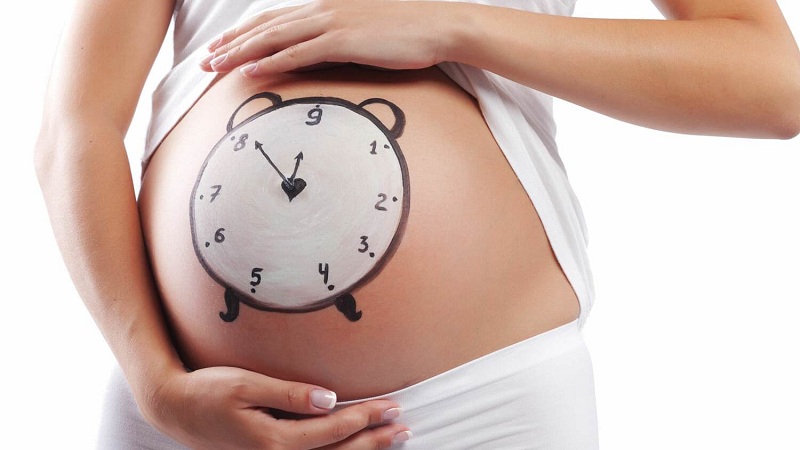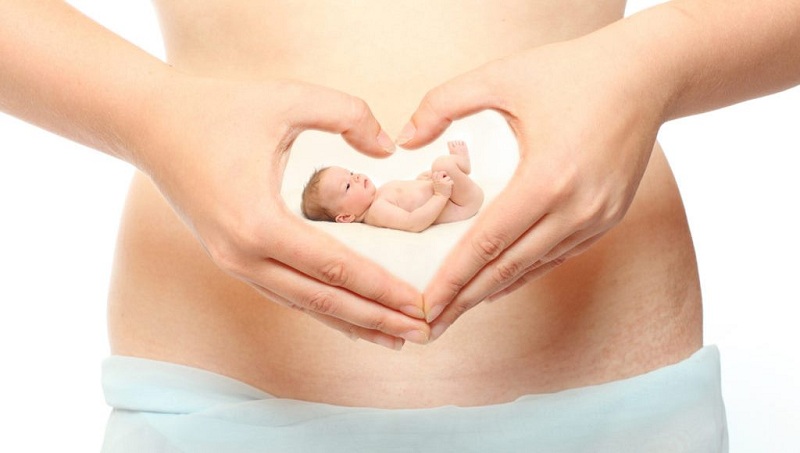Unfortunately, an ovarian cyst is a diagnosis that a woman can hear at any stage of her life, including during pregnancy. The possible risks and consequences associated with this neoplasm depend on its size, limitation, and nature. Therefore, to understand the question of what to do when an ovarian cyst is detected and how it affects the course of pregnancy is possible only after the causes and appearance of the neoplasm are known.
Classification of pathologies
By their nature, ovarian cysts are divided into:
- follicular (or functional), arising from hormonal imbalance and self-absorbing after 2-3 months;
- dermoid, containing various types of human tissues (hair, fat, skin, teeth, and even bones) and carrying the risk of sudden inflammation;
- paraovarian – protein formations from the tissues of the appendages;
- corpus luteum, resulting from a violation of the processes of ovulation before pregnancy;
- endometrioid appearing exclusively in women diagnosed with endometriosis.

As a rule, small cysts do not manifest themselves. They do not impair the quality of life, under good circumstances do not affect the functioning of the reproductive system and, accordingly, are not an obstacle to conception. Therefore, women will find out about their presence already during the first ultrasound of pregnancy.
At this stage of diagnosis, the doctor can only presumably indicate the nature of the pathology, focusing only on its external manifestations. However, they often have the appearance of safe formations, but at the same time are malignant. Therefore, it is almost impossible to determine the possible risks with high accuracy using only ultrasound during pregnancy.

In addition to ultrasound, you can recognize the presence of an ovarian cyst by the following symptoms:
- pulling or pressing pain in the side over the thigh;
- alternating causeless diarrhea and constipation;
- the sudden rise in temperature;
- painful urination, cramping in the uterus;
- discomfort in the side during intercourse;
- dark spotting;
- hypertrophy, feeling of incessant tension of the abdominal muscles.

Why do cysts form in the ovaries?
Even the most qualified specialist cannot give the exact reasons for the formation and growth of tumors. However, physicians are aware of rough projections that increase the risk of the onset and rapid development of pathology.
Factors that increase the risk of ovarian cyst:
- Irregular sex life.
- Operations that affect the hormones (abortion, cauterization, erosion, etc.).
- Gain or excess weight.
- Sexually transmitted diseases and chronic inflammatory processes.
- Multiple deliveries at small intervals.
- Artificial termination of lactation.
- Excessive physical or emotional stress, prolonged depression.
- Uncontrolled hormonal drugs.
- Irregular menstruation before pregnancy.
- Alcoholism, smoking, and starvation, leading to a shortage of essential substances.
Impact on the appearance of cysts can have even the individual characteristics of the organism. Therefore, situations where the diagnosis is heard by women who lead an impeccable lifestyle and follow all the recommendations of doctors, are becoming more common. This means that it is simply impossible to predict or prevent the appearance of a cyst during pregnancy.

What are the risks of detecting an ovarian cyst during pregnancy?
The formation of small sizes, in any case, are not indications for abortion. However, they should be monitored throughout the entire period of gestation.
In the absence of progress in the growth of cystic formation, it should be treated only after delivery. Otherwise, when the cyst increases too rapidly, the pathology can lead to irreversible consequences: a complication of the course of pregnancy and an increased risk of miscarriage.

In the second trimester, characterized by active growth and the appearance of shocks of the fetus, the cyst can twist and simply burst. It can cause peritonitis (global inflammation of the abdominal cavity), as well as internal bleeding, which is subject to extremely complex and long-term treatment.
Large cysts are invariably accompanied by pain, aggravated by movements of the fetus in the womb. Exacerbation of discomfort provokes a spasm of the abdominal muscles in the expectant mother, which leads to restrictions on the physical activity of the baby. Such a course of events slows down its development and may result in joint dysplasia and other, more serious pathologies.

In any case, having a cyst during pregnancy should beware of the following symptoms:
- increasing or cutting pain in the area of the problem ovary;
- pallor of skin that has arisen suddenly;
- weakness, fainting;
- vomiting, different from mild nausea with toxemia;
- tachycardia, rapid breathing, and palpitations;
- bleeding from the vagina.
In the event of the above symptoms, the young mother should immediately call an ambulance and go to the hospital. Insufficient attention to the problem can lead not only to premature birth but also to the worst, irreversible consequences.

What to do when a cyst is detected
It is important for future mothers not to worry if education does not bring characteristic discomfort and does not increase in size. In some cases, the doctor may recommend a drug preventive treatment – the use of light hormonal drugs that reduce all the negative effects associated with the presence of cysts.
In addition, in the diagnosis of pathology, it is recommended to refrain from any kind of physical activity, visiting baths, tanning beds and taking hot baths. It is necessary to limit sexual activity, preferring a quiet pastime and rest.

In some situations, specialists may insist on surgery. It is recommended in cases when the size of a neoplasm reaches 60 mm. Routine surgery is performed from 14th to 16th week of pregnancy. It consists of a small incision in the problem area and local removal of the cyst under local anesthesia. The operation itself takes no more than 2 hours and does not pose a danger to either the mother or the baby.


